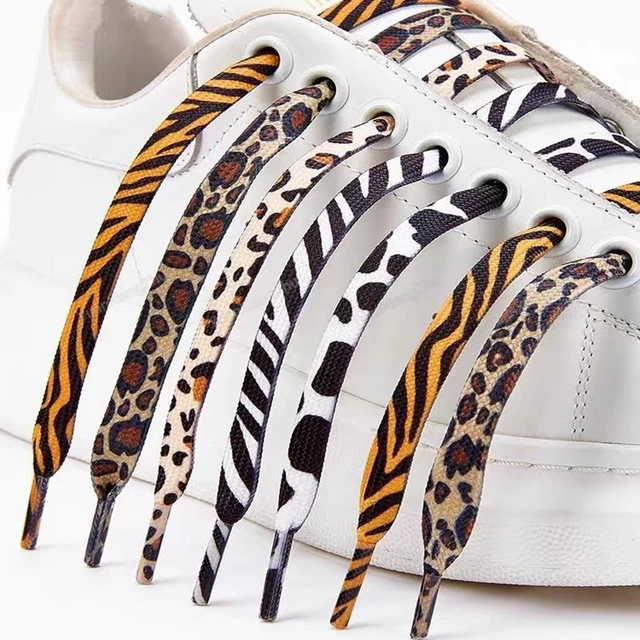Introduction:
Shoelaces are a ubiquitous part of everyday life, a simple yet crucial element of footwear. However, their history is rich and fascinating, spanning thousands of years and intertwined with the evolution of human clothing and footwear. This comprehensive look explores the origins, development, and milestones in the history of shoelaces.
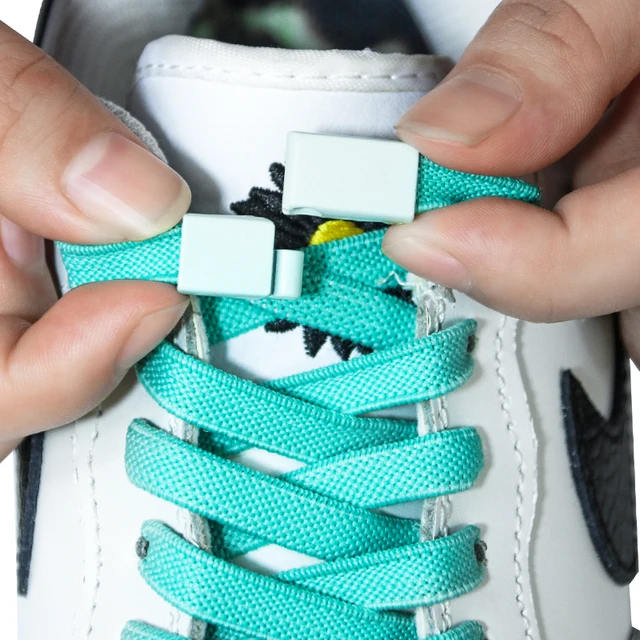
When Were Shoelaces Invented:
What Is the Evolutionary Journey of Shoelaces?
Ancient Origins:
How Did Early Civilizations Secure Their Footwear?
The need to secure footwear is as old as the footwear itself, with ancient civilizations employing various methods to keep their sandals and shoes in place.
Earliest Evidence:
Ötzi the Iceman:
Archaeological Find: One of the earliest known uses of shoelaces comes from the discovery of Ötzi the Iceman, a well-preserved natural mummy from around 3300 BCE found in the Alps. Ötzi’s sophisticated shoes featured laces made from strips of leather, held together by grass fibers and a network of hide and bast.
Significance: This discovery indicates that even prehistoric humans developed techniques to secure footwear, using the resources available to them. The laces were fundamental in ensuring a secure and comfortable fit, demonstrating early innovation in footwear technology.
Egyptian and Roman Footwear:
Hieroglyphic Records and Artefacts:
Egyptian Sandals: Ancient Egyptian sandals were typically secured with thongs made from palm fibers or leather. These thongs, while not shoelaces in the modern sense, performed a similar function by tying around the foot to hold the sandal in place. Hieroglyphics and artifacts showcase these early forms of lace-like fastenings.
Roman Caligae: Roman soldiers wore caligae, a type of heavy-duty sandal with leather thongs that laced up the foot and ankle. These laces provided support and stability, essential for soldiers trekking long distances. The design laid the groundwork for more complex lacing systems in future centuries.
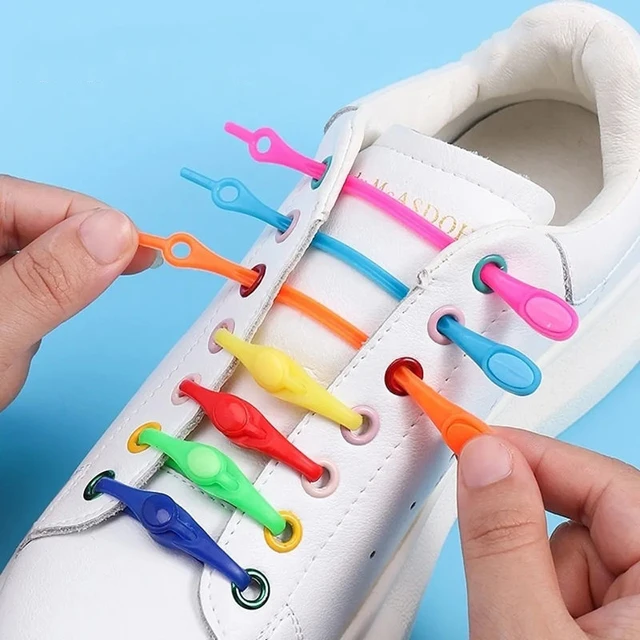
Medieval Developments:
How Did Shoelaces Evolve During the Middle Ages?
The Middle Ages saw significant advancements in footwear technology, including the refinement of laces and the introduction of eyelets.
European Innovations:
Shoemakers’ Guilds:
Improved Quality: During the Medieval period, European shoemakers formed guilds that helped standardize and improve the quality of footwear. These guilds fostered the exchange of ideas and techniques, leading to more sophisticated designs, including the use of laces.
Introduction of Eyelets:
Enhanced Durability:
Metal and Leather Eyelets: The introduction of eyelets, reinforced holes through which laces are threaded, marked a significant advancement. Eyelets were originally made from leather but gradually evolved to include metal versions, providing greater durability and ease of use. This development prevented the rapid wear and tear of the laces and the shoe material.
Fashion and Functional Shoelaces:
Adaptation and Innovation:
Fashion Influences: Shoelaces began to play a more prominent role in footwear fashion. Richer materials such as silk and woven textiles were used for laces, reflecting the wearer’s status and style. Laces became more than just functional; they were integral to the shoe’s aesthetic appeal.
Functional Enhancements: The complexity of lacing patterns also increased, offering better support and allowing for a more customizable fit. This period saw the foundation for many modern lacing techniques still in use today.
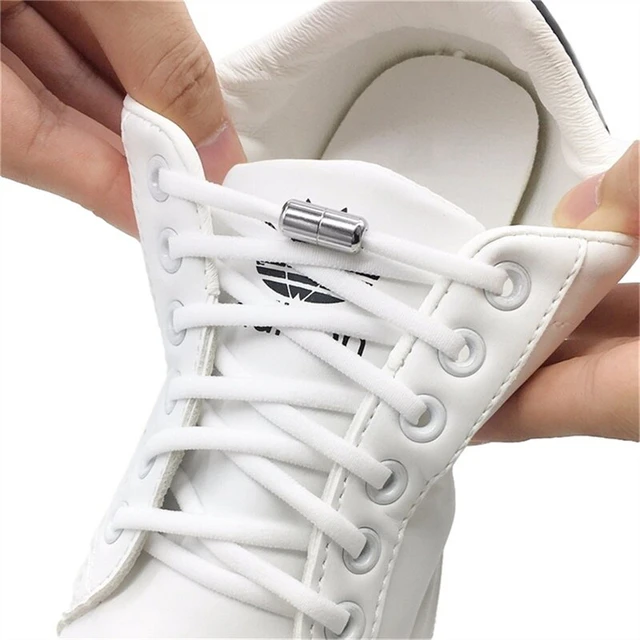
Renaissance and Early Modern Period:
How Did Fashion Trends Influence Shoelace Development?
The Renaissance and Early Modern Period witnessed further evolution in shoelace design and usage, heavily influenced by changing fashion trends.
Renaissance Extravagance:
Opulent Designs:
Ornamented Footwear: Footwear during the Renaissance became more extravagant, with intricate designs and embellishments. Shoelaces, made from expensive materials like velvet, silk, and adorned with jewels or metal tips (aglets), reflected the opulence of the period.
Custom Laces: Wealthy individuals often commissioned custom-made shoelaces to match their attire, demonstrating the growing importance of laces in both functionality and fashion.
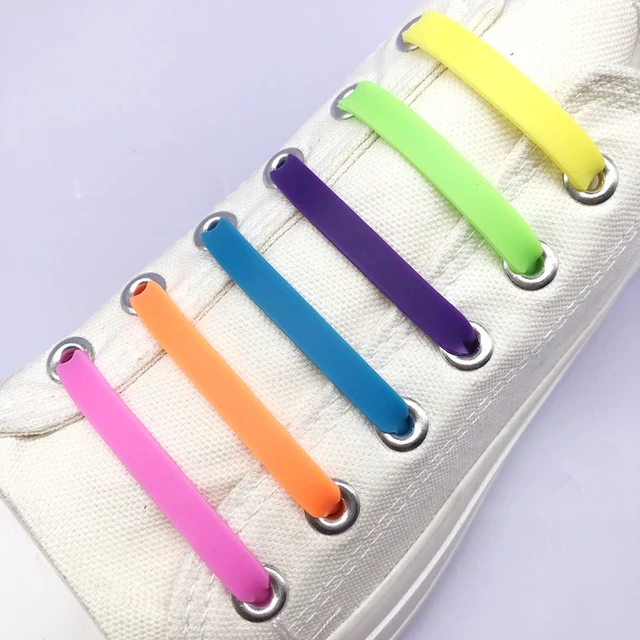
17th and 18th Century:
Practical Advancements:
Widespread Use: Shoelaces became more standardized and widely used across different classes of society. Innovations in manufacturing processes made laces more accessible, affordable, and durable.
Naval and Military Influence: Naval and military footwear featured specialized lacing systems designed for stability and quick adjustments, influencing civilian shoelace designs and demonstrating the practical benefits of advanced lacing.
19th and 20th Century:
How Did Industrialization Change Shoelace Production?
The Industrial Revolution and subsequent technological advancements brought significant changes to shoelace production and usage.
Mass Production:
Industrial Techniques:
Manufacturing Boom: The advent of industrialization in the 19th century enabled the mass production of shoelaces. Factories utilized machinery for weaving and producing laces, drastically reducing costs and increasing availability.
Affordable Accessories: Shoelaces became widely accessible, affordable, and diversified in materials, from cotton and leather to synthetic fibers. This variety catered to different needs, from practical work boots to fashionable shoes.
Modern Innovations:
Technological Advances:
Synthetic Materials: The 20th century introduced synthetic materials such as nylon and polyester, which offered greater strength, elasticity, and durability. These materials were especially beneficial for athletic footwear, which demanded robust performance.
Specialized Designs: Innovations like elastic laces, quick-release laces, and reflective laces became popular, each catering to specific activities or enhancing safety and convenience.
21st Century and Beyond:
What Are the Recent Trends and Future Directions for Shoelaces?
The 21st century has seen a blend of tradition and innovation in shoelace design, responding to contemporary lifestyle and technological advancements.
Fashion and Function:
Retro Revival and Modern Style:
Fashion Statements: Shoelaces have returned as significant fashion statements, with brands offering customizable colors and styles. High-end fashion designers and sneaker brands collaborate to create unique and limited-edition laces.
Functionality Enhancements: Innovations like no-tie laces, often made from elastic materials, have gained popularity. These laces are designed for convenience, allowing users to slip shoes on and off easily while maintaining a secure fit.
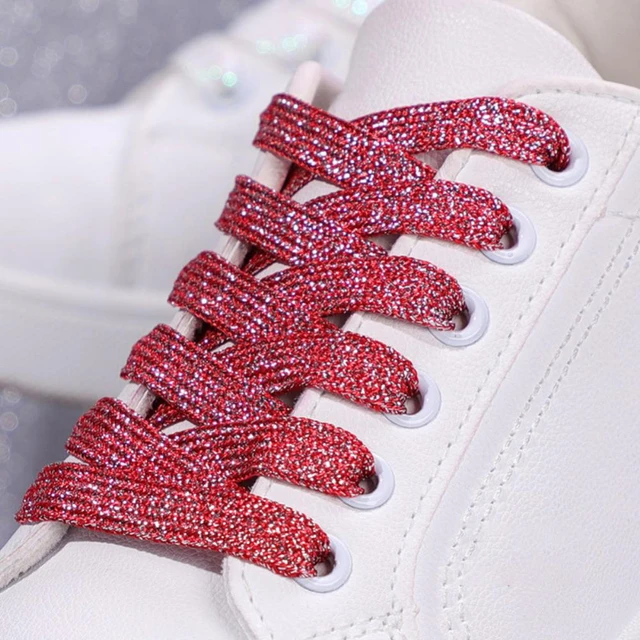
Technological Integration:
Smart Laces:
Innovative Features: The integration of technology with footwear has led to smart laces that can tighten or loosen with the push of a button or via smartphone apps. These high-tech solutions are part of broader trends towards smart and connected devices.
Sustainable Materials: Sustainability has become a focus, with companies exploring eco-friendly materials such as recycled plastics and organic fibers for shoelaces, reducing environmental impact without compromising quality.
Conclusion
The evolutionary journey of shoelaces, from primitive leather strips to high-tech smart laces, reflects broader trends in human innovation, fashion, and technology. These humble yet essential components of footwear have adapted through centuries, meeting the changing needs of society while enhancing both function and fashion. Understanding this history enriches our appreciation for this everyday accessory, highlighting its significance across cultures and time periods. As we look to the future, shoelaces continue to evolve, incorporating advancements that promise even greater convenience, performance, and sustainability.
